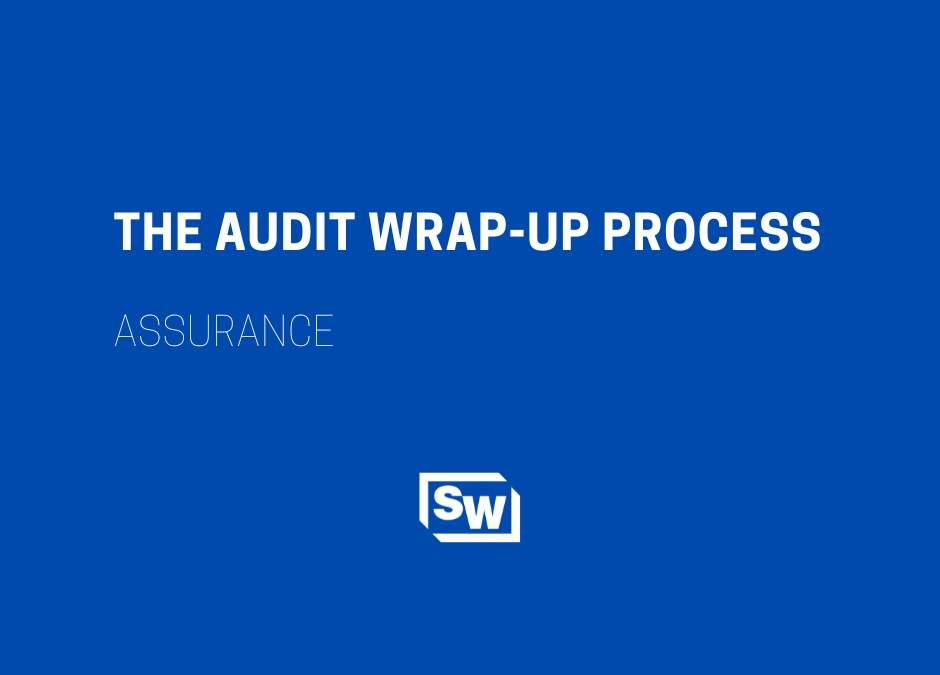Once the audit fieldwork has been completed, the auditors move into wrapping up the audit process and issuing the final reports. Here are some expectations and tips to improve the organization’s audit experience.
At the end of the audit week, it may be best to sit down with the auditor to discuss fieldwork: how did the audit go? Are there areas for improvement? Were any significant issues encountered? Are any items pending? If any items are outstanding, the auditor cannot issue the final reports.
A draft timeline should be tentatively agreed upon prior to final fieldwork. Once all pending items have been received, the draft schedule can be agreed upon. An adequate amount of time should be allowed to review the drafts. Additionally, if the report is subject to approval by a Board of Directors, the drafts should be issued to the board members in advance so they can ask informed questions during the presentation.
Additional reports can be issued along with the financial statements, such as the communication with management and those charged with governance letter. This letter is for internal use only and describes highlights of the audit process and any control deficiencies identified during the audit and discloses the severity of each deficiency (material weakness, significant deficiency). While these comments may feel disheartening, management should utilize the information to strengthen internal control and improve operations within the organization. Per the organization’s discretion, management may provide a response and/or a corrective action plan.
If the audited organization is governmental or subject to a single audit requirement, another type of management letter is included within the financial statements. This letter is commonly referred to as the GAO report. An additional letter is included for single audit reports, which is commonly referred to as the Uniform Guidance report. These letters specifically address internal control deficiencies and compliance issues encountered regarding the single audit and major programs audited. These letters require a response and corrective action plan written by the organization being audited and to be included within the letter. The responses must be provided to the auditor to be audited and for the financial statements to be updated appropriately.
Once the drafts have been approved, there are a few final procedures before the reports can be issued. The auditor will inquire about any significant changes or transactions that have occurred after year-end, new or changes in existing litigation, additional board minutes, fraud risks, noncompliance with laws and regulations, and other issues. The auditors will also need a signed and dated representation letter. While the representation letter is technically drafted from management to the auditor, we typically provide a draft to you for your convenience.
The final report will be issued once the representation letter is sent to the auditor. The letter should only be sent to the auditor if management and/or the Board of Directors are completely comfortable with the drafts. Once the final report has been issued, the auditor cannot simply reissue it. Our professional standards dictate certain procedures to notify end users of the re-issuance. New drafts would be issued, and the approval process, including a new representation letter, must be performed again.
The receipt of the final signed reports indicates completion of the audit. Please feel free to contact us if you have any questions about the audit process.
By Ethan Chaffee

